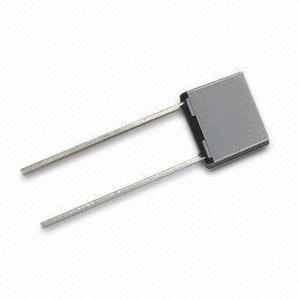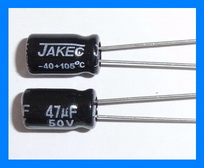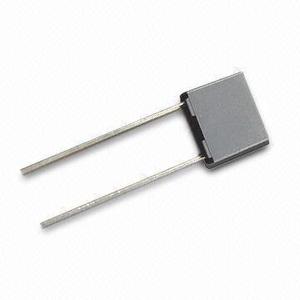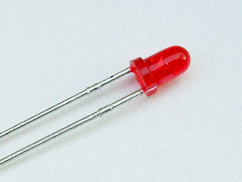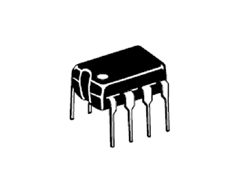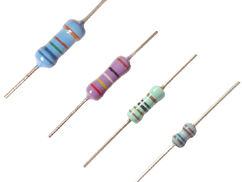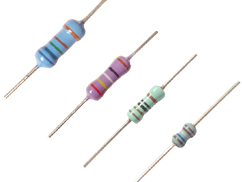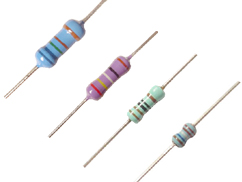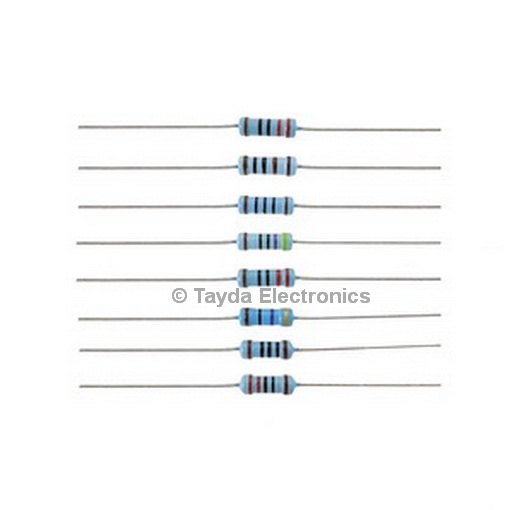Klon Buffer
The Klon Buffer is one of the most popular guitar buffers. This simple and effective circuit restores the high frequencies lost through long cables or large pedal chains.Steps
Categories
Status: Active
Designators and components Step 2 of 4
COMPONENT LIST
PCB
PCB KLON BUFFER DIY PCB GUITAR EFFECT
Capacitors
C1 220n 220NF 0.22UF 100V 5% POLYESTER FILM BOX TYPE CAPACITOR
C2 47u 47UF 50V 105C RADIAL ELECTROLYTIC CAPACITOR 6X11MM
C3 1u 1UF 100V 5% POLYESTER FILM BOX TYPE CAPACITOR
Diode
D1 LED LED 3MM RED
IC
OPAMP TL071 TL071 OPERATIONAL AMPLIFIER
Resistors
R1 100k 100K OHM 1/4W 1% METAL FILM RESISTOR
R2 100k 100K OHM 1/4W 1% METAL FILM RESISTOR
R3 1M 1M OHM 1/4W 1% METAL FILM RESISTOR
R4 100k 100K OHM 1/4W 1% METAL FILM RESISTOR
R5 560 560 OHM 1/4W 1% METAL FILM RESISTOR
R6 3.3k 3.3K OHM 1/4W 1% METAL FILM RESISTOR
PCB
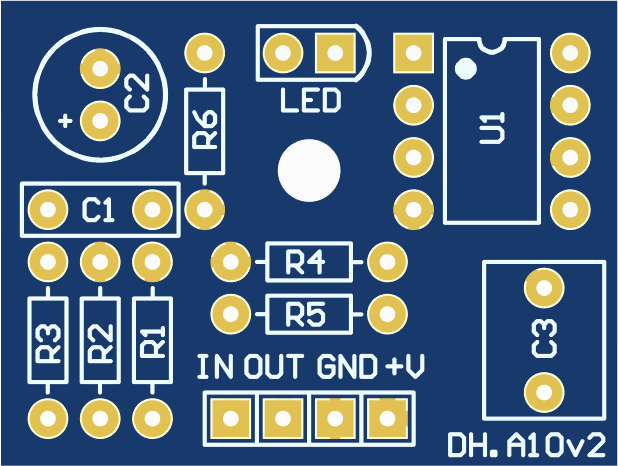
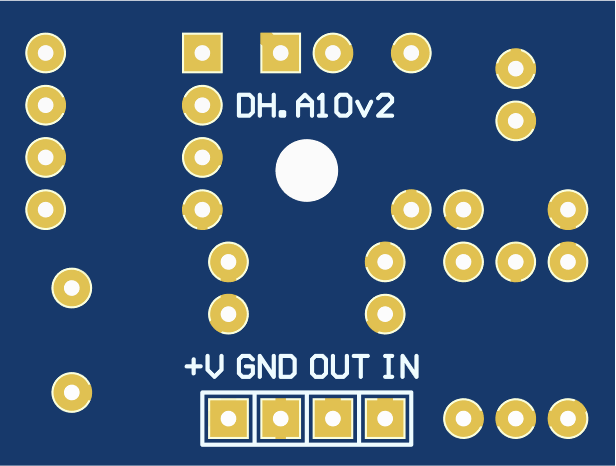
CIRCUIT
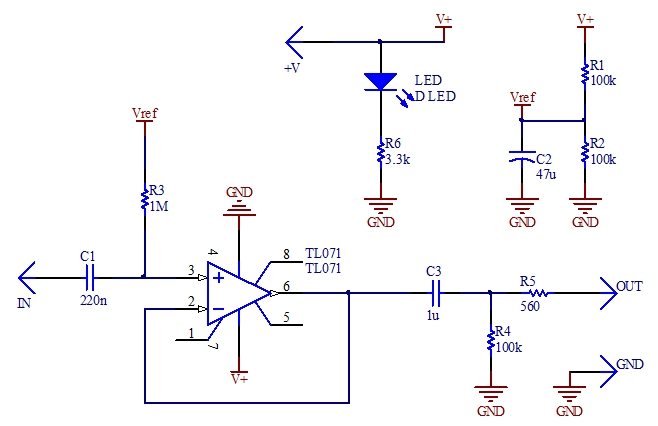
GENERAL DESCRIPTION OF COMPONENTS
Resistors
Resistors don't have polarity, so you can place them in any direction. Determine their resistance value by using a multimeter or by reading the color bands.

Electrolytic capacitors
Electrolytic capacitors have their value and maximum voltage rating printed on the body. The negative pin is indicated by a white stripe along the can, and it also has a shorter leg. The longer leg is positive. Never exceed the maximum voltage rating. Ensure the capacitor's voltage rating is at least double that of your power supply (e.g., use an 18V capacitor for a 9V power supply).
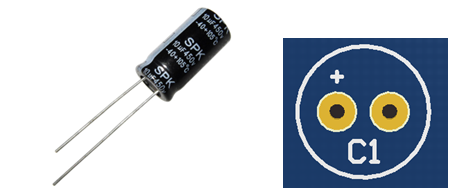
Polyester capacitors
Polyester capacitors don't have polarity and can be placed in any direction. Their value is marked using a three-number code. The first two numbers represent the first and second digits of the value, and the third number is the multiplier code (read in picofarads, pF).

Integrated Circuits
Integrated Circuits (ICs) have their model number printed on them. A notch, a half-circle, or a small dot indicates the correct orientation on the PCB.
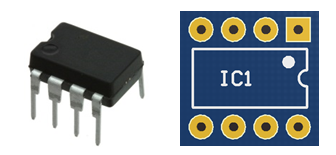
Led diodes
LEDs (Light Emitting Diodes) have polarity. The cathode is indicated by a flat edge on the side of the LED's plastic casing and a shorter leg. The longer leg is the anode. On the PCB, the cathode is marked with a flat side and the anode with a round side.

